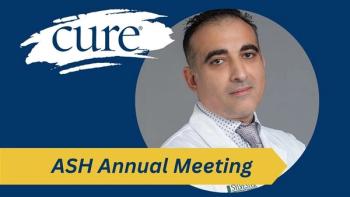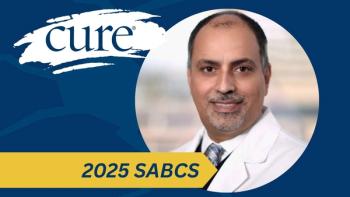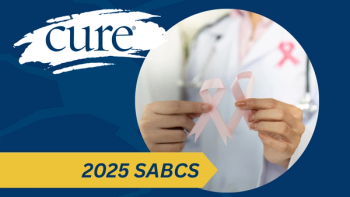
Task Force Recommends Lowering Age for Lung Cancer Screening, Including Individuals with Shorter Smoking History

The US Preventive Services Task Force now recommends lowering the age and smoking history requirements for people to receive annual lung cancer screening.
The US Preventive Services Task Force (USPSTF) has released a final recommendation statement, which revises the recommended ages and smoking history for annual lung cancer screening.
The new recommendation suggests adults between the ages of 50 and 80 who have a 20 pack-year smoking history and either currently smoke or quit smoking in the past 15 years receive low-dose CT scans to screen for lung cancer every year.
A person’s smoking history is calculated by measuring pack-years, which is the number of packs of cigarettes smoked per day multiplied by the number of years a person has smoked. For instance, if someone has smoked a pack of cigarettes each day for 20 years, that would equate to a 20 pack-year history.
The new recommendations are an update from when the USPSTF in 2013 advised that adults between the ages of 55 and 80 with a 30-pack year smoking history receive annual lung cancer screenings.
“We’ve been trying to get these changes for years,” Dr. Andrew Kaufman, an associate professor and vice chairman of the department of thoracic surgery at Mount Sinai Health System in New York City, said in an interview with CURE®. “The earlier we find a lung cancer, the easier it is to cure with surgery, primarily, but also with other therapies like radiation.”
Lung cancer is a game of time, Kaufman explained, and the earlier disease is found the less likely it is to spread to other organs.
“Our race is to find an earlier time point in the development of lung cancer,” he said. “We don't want to wait for symptoms, we don't want to wait for really advanced age where people have more time to develop these cancers. We want to find the right group of people to get into screening and look at asymptomatic people to see if we can find something that is a lung cancer and treat it early.”
Approximately 220,000 individuals were diagnosed with lung cancer and approximately 135,000 people died from the disease in 2020, according to estimates. Lung cancer accounts for the largest annual cancer deaths in the United States. Screening is imperative, according to Kaufman, because relying on people to develop symptoms to then initiate treatment is usually too late.
Which is why, he said, it’s more important to find those who need treatment before things get worse.
Expanding the screening population
The previous guidelines excluded many people, including at-risk populations, according to Kaufman.
“(Those who treat lung cancer) are very, very happy that the new guidelines are expanding the population that can get screened,” he said. “By lowering the age to 50, from 55, will include many more people. And, by reducing the cumulative pack years from 30 pack-years to 20 pack-years, will also include more people who are definitely at risk for developing lung cancer. These are very positive moves in terms of including more people in screening.”
Additional benefits of screening
There are health benefits to undergoing CT screening that extend far beyond lung cancer, explained Kaufman.
Low-dose CT screening can help medical professionals catch coronary artery disease, emphysema, aortic aneurysms and other conditions that need immediate medical attention, according to Kaufman.
“The benefits are not just for lung cancer survival; they're sort of more holistic than that,” he said. “It's a really good medical encounter that has a lot of downstream benefits.”
Concerns around the pandemic
These new screening guidelines, Kaufman stressed, are even more important during today’s climate of the COVID-19 pandemic.
“People aren't getting as much medical care due to COVID-19 concerns of going outside the home,” he said. “We are diagnosing less lung cancers and we're seeing a higher mortality rate from lung cancer during the COVID-19 pandemic.”
The benefit to expanding appropriate lung cancer screening to more individuals will hopefully help decrease the mortality rate associated with the disease, according to Kaufman.
More work is needed
Bonnie J. Addario and Laurie Fenton Ambrose, co-founders of the GO2 Foundation for Lung Cancer, applauded the recommendations in a letter, but also acknowledged more work is needed.
“If we truly want to remove barriers to access to this preventive service, there is more work ahead,” wrote Addario and Fenton Ambrose. “GO2 Foundation continues to urge the USPSTF to refine their recommendation and remove the arbitrary screening limitations that would halt screening for individuals who quit smoking more than 15 years ago and/or had passed the age of 80. Removing these screening eligibility requirements would further bring the USPSTF recommendation in line with the (National Comprehensive Cancer Network guidelines) and reach an additional at-risk population with this life-saving resource.”
For more news on cancer updates, research and education, don’t forget to





